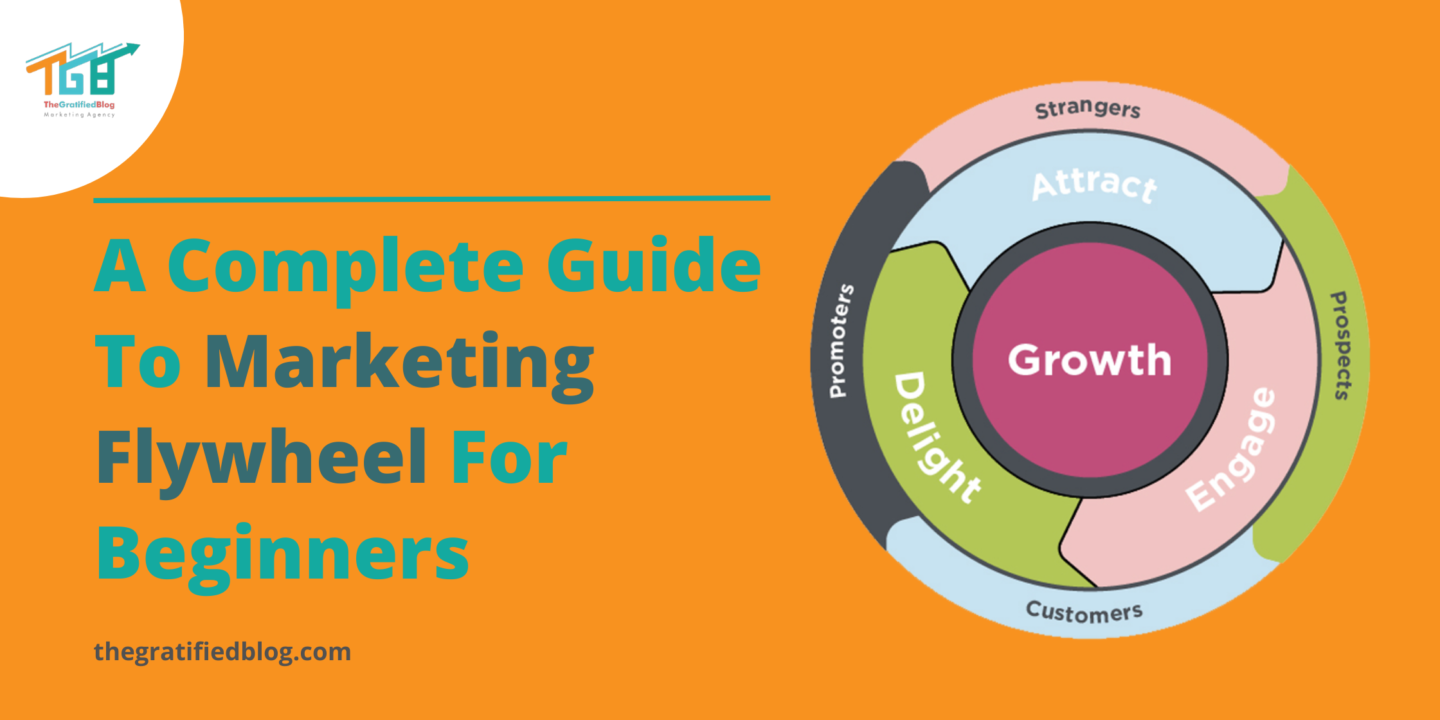
Marketing is a crucial aspect of any business, directly impacting a company’s success. With the rise of digital marketing, businesses are constantly looking for innovative ways to attract and retain customers. One such way is through the marketing flywheel, a recently popular model.
This blog will explore the marketing flywheel, its benefits, and how businesses can implement it.
So, Let’s understand it in detail.
Definition Of Marketing Flywheel And Its Components
The marketing flywheel is a concept that refers to a framework of continuous customer engagement and acquisition. It is a circular process emphasizing the importance of attracting, engaging, and delighting customers to create momentum and drive growth.
This framework enables companies to better understand their customers’ needs, preferences, and behavior, allowing them to create more personalized and effective marketing campaigns.
The marketing flywheel is designed to enable companies to develop a virtuous customer engagement and retention cycle, leading to sustainable growth over time.
The Marketing Flywheel comprises three main components, which are:
Marketing Flywheel
- Attract
The first component of the marketing flywheel is “attract.” This stage involves attracting potential customers and getting them interested in your brand, product, or service. The aim is to create awareness and generate leads.
The attract phase often includes the following tactics:
- Content Marketing: This involves creating and sharing valuable, informative, and engaging content that attracts and educates potential customers.
- Search Engine Optimization (SEO): SEO is optimizing your website’s content and structure to rank higher in search engines, making it easier for potential customers to find you.
- Social Media Marketing: This involves using social media platforms like Facebook, Instagram, Twitter, and LinkedIn to create brand awareness and engage with potential customers.
- Paid Advertising involves running paid advertisements on social media platforms or search engines to target specific audiences and drive traffic to your website.
- Engage
The second component of the marketing flywheel is “engage.” This stage builds relationships with potential and existing customers by creating meaningful interactions. The aim is to deepen the relationship and convert them into customers.
The engagement phase often includes the following tactics:
- Email Marketing: This involves sending targeted and personalized emails to potential and existing customers to keep them informed and engaged with your brand.
- Chatbots: These automated tools enable customers to engage with your brand through messaging apps or your website, providing immediate assistance and improving the customer experience.
- Webinars: These online seminars enable potential customers to learn more about your product or service and interact with your team in real time.
- Personalized Recommendations: This involves leveraging data and customer insights to offer customized recommendations and experiences.
- Delight
The third component of the marketing flywheel is “delight.” This stage is all about exceeding customer expectations and creating loyal brand advocates. The aim is to develop long-term relationships and retain customers.
The delight phase often includes the following tactics:
- Customer Service: This involves providing exceptional customer service to resolve issues quickly and efficiently and create a positive customer experience.
- Loyalty Programs: These reward customers for repeat purchases or referrals, encouraging them to continue doing business with your brand.
- Surveys: These provide valuable customer feedback, helping you identify improvement areas and better understand their needs and preferences.
- Social Media Listening: This involves monitoring social media channels for mentions of your brand, enabling you to respond to customer queries or issues and build a positive brand reputation.
4. Feedback Loop
The feedback loop is crucial for continuous improvement and adaptation in flywheel marketing. Here’s how the feedback loop works within the flywheel model:
- Gathering Feedback: The process begins with seeking customer feedback at various touchpoints throughout their journey with your business. This feedback can come from customer surveys, social media interactions, product reviews, customer service interactions, and website analytics.
- Analyzing Feedback: Once feedback is collected, it needs to be carefully analyzed to identify patterns, trends, and areas for improvement. This involves categorizing feedback, prioritizing issues based on their impact and frequency, and understanding the underlying reasons behind customer sentiments.
- Implementing Changes: After analyzing the feedback, the next step is to implement necessary changes and improvements to address customer concerns and enhance the customer experience. This might involve refining product features, adjusting pricing, updating content, or modifying communication channels.
- Measuring Impact: It’s essential to track the impact of the implemented changes on key performance indicators (KPIs) such as customer satisfaction scores, retention rates, conversion rates, and revenue. By measuring the effectiveness of the changes, businesses can gauge whether they are moving in the right direction and achieving their objectives.
5. Advocate
In flywheel marketing, advocates play a crucial role in fueling the momentum of the cycle. Advocates are customers who are satisfied with your products or services and actively promote and endorse your brand to others. Here’s how advocates fit into the flywheel marketing model:
- Creation of Advocates: The process begins with providing exceptional products, services, and experiences that exceed customer expectations. When customers interact positively with your brand, they are likelier to become advocates who willingly share their experiences with friends, family, colleagues, and social networks.
- Word-of-Mouth Referrals: Advocates generate word-of-mouth referrals, which are highly effective in attracting new customers to your business. When potential customers hear positive recommendations from people they trust, they are more inclined to consider your brand and purchase.
- Social Proof and Trust: Advocates prove your brand’s credibility, reliability, and value. Their testimonials, reviews, and endorsements help build trust and confidence in your offerings, making it easier to convert prospects into customers.
- Amplification of Marketing Efforts: Advocates amplify your marketing efforts by sharing content, engaging with your brand on social media, participating in referral programs, and attending events. Their advocacy extends the reach of your marketing messages and increases brand visibility across various channels.
Illustration Of Marketing Flywheel
To better understand how the marketing flywheel works, consider an example of a company using this framework to drive growth.
To better understand how the marketing flywheel works, consider an example of a company using this framework to drive growth.
Imagine a software company that specializes in project management tools for remote teams. The company’s marketing team creates a flywheel to attract, engage, and delight potential customers.
1st Phase: Attract
The marketing team creates valuable content that educates potential customers on remote team management, productivity, and project management.
This content includes blog posts, infographics, and whitepapers optimized for SEO to attract organic traffic. They also run paid search and social media campaigns targeting remote team managers and business owners.
2nd Phase: Engage
Once potential customers land on the company’s website, they are prompted to sign up for a free trial of the project management tool. The company also uses chatbots to engage with potential customers and answer any questions they may have.
Additionally, they create webinars to educate potential customers on the benefits of remote team management and the features of their product.
3rd Phase: Delight
After potential customers sign up for the free trial, the company’s customer service team sends them personalized recommendations and tutorials to help them get started with the software.
The company provides 24/7 support and responds promptly to customer inquiries or issues. Additionally, they offer a loyalty program that rewards customers with additional features and discounts for referring other businesses.
4th Phase: Feedback Loop
The feedback loop operates in a continuous cycle of iteration and refinement. As new feedback is collected and analyzed, businesses can adjust their marketing strategies, products, and services to meet customer needs and preferences better.
5th Phase: Advocate
Businesses can strengthen customer loyalty and retention by cultivating a community of advocates. Advocates are likelier to remain loyal to your brand, make repeat purchases, and provide valuable feedback contributing to ongoing improvement and innovation.
Advocates often offer valuable insights and feedback based on their experiences with your products or services. By listening to their feedback, businesses can gain valuable insights into customer preferences, pain points, and emerging trends, which can inform strategic decision-making and product development.
Advantages Of Marketing Flywheel
Flywheel marketing has several advantages for businesses looking to drive growth and improve their marketing performance.
Here are some of the key benefits of using this framework:
- Consistent Growth
This creates a virtuous customer engagement and retention cycle, leading to long-term sustainable growth.
By consistently following the three components mentioned above, businesses can create momentum and drive growth without needing constant customer acquisition efforts.
- Customer-Centricity
It is focused on creating a customer-centric marketing approach and delivering value to customers throughout their journey with the company.
By putting the customer at the center of the marketing strategy, businesses can better understand their needs and preferences, leading to more personalized and effective marketing campaigns.
This approach also creates a more positive customer experience, which can improve customer satisfaction, loyalty, and advocacy.
- Efficient Resource Utilization
It enables businesses to optimize their marketing resources by creating a seamless and continuous loop of attracting, engaging, and delighting customers. This approach eliminates siloed marketing activities and enables businesses to create more efficient and effective marketing campaigns.
- Enhanced Marketing ROI
It enables businesses to optimize their marketing ROI by focusing on creating long-term relationships with customers.
By creating a more positive customer experience, businesses can reduce customer churn, leading to a more stable customer base and increased customer lifetime value.
How Is Marketing Flywheel Different From Sales Funnel?
The marketing flywheel and sales funnel are two approaches to customer acquisition and retention, with some key differences.
- The sales funnel is a linear process focused on moving potential customers through different stages of the buying process, from awareness to consideration to decision. The sales funnel’s goal is to convert potential customers into paying customers.
- In contrast, the marketing flywheel is a circular process focused on creating a continuous loop of attracting, engaging, and delighting customers. The goal of the marketing flywheel is to create long-term relationships with customers and turn them into advocates for the brand.
- Another critical difference between the two approaches is their orientation. The sales funnel is typically company-focused, focusing on driving conversions and revenue for the business. In contrast, the marketing flywheel is customer-focused, creating a positive customer experience and building long-term customer relationships.
- Additionally, the sales funnel is often seen as a one-time process, with a clear endpoint once a customer purchases. In contrast, the marketing flywheel is an ongoing process to create a continuous loop of attracting, engaging, and delighting customers to develop a sustainable and profitable customer base.
While both approaches are essential for businesses, the marketing flywheel is more customer-centric and sustainable to customer acquisition and retention than the sales funnel.
Final thoughts
Now that you have learned the new way of marketing, then why don’t you try this new method on your business and see what results you can drive?
If you need help understanding this topic, please leave your questions in the comments section. We will be happy to answer you.
Thanks for reading this 🙂


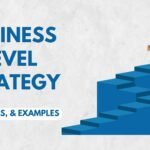

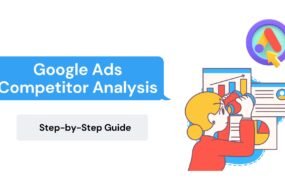
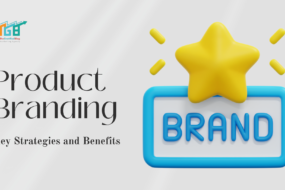
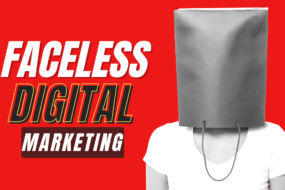
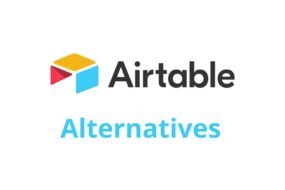
No Comments